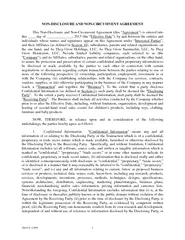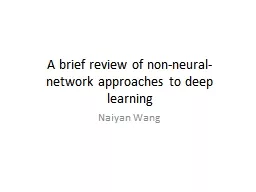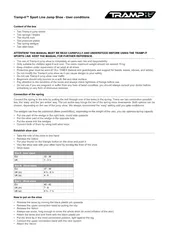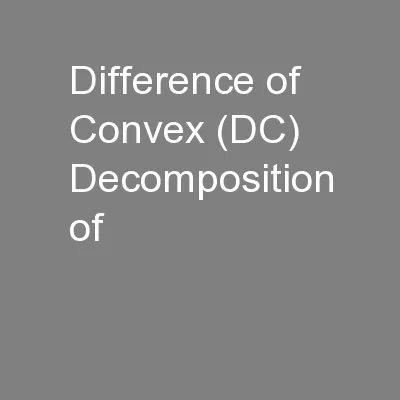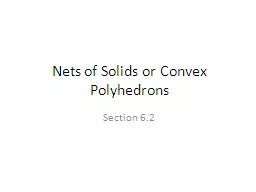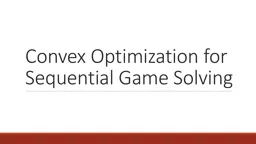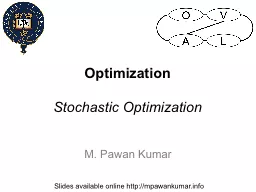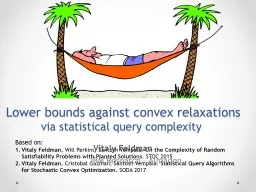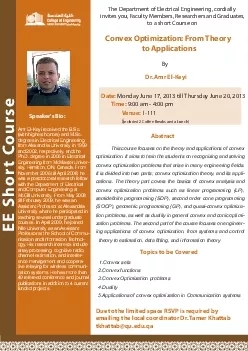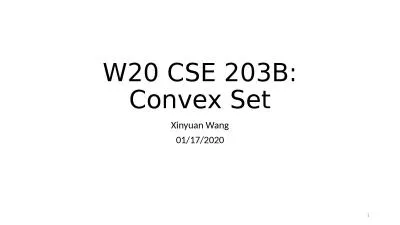PPT-Two approaches to non-convex
Author : tawny-fly | Published Date : 2018-03-19
machine learning Yuchen Zhang Stanford University Nonconvexity in modern machine learning 2 Stateoftheart AI models are learnt by minimizing often nonconvex loss
Presentation Embed Code
Download Presentation
Download Presentation The PPT/PDF document "Two approaches to non-convex" is the property of its rightful owner. Permission is granted to download and print the materials on this website for personal, non-commercial use only, and to display it on your personal computer provided you do not modify the materials and that you retain all copyright notices contained in the materials. By downloading content from our website, you accept the terms of this agreement.
Two approaches to non-convex: Transcript
Download Rules Of Document
"Two approaches to non-convex"The content belongs to its owner. You may download and print it for personal use, without modification, and keep all copyright notices. By downloading, you agree to these terms.
Related Documents


